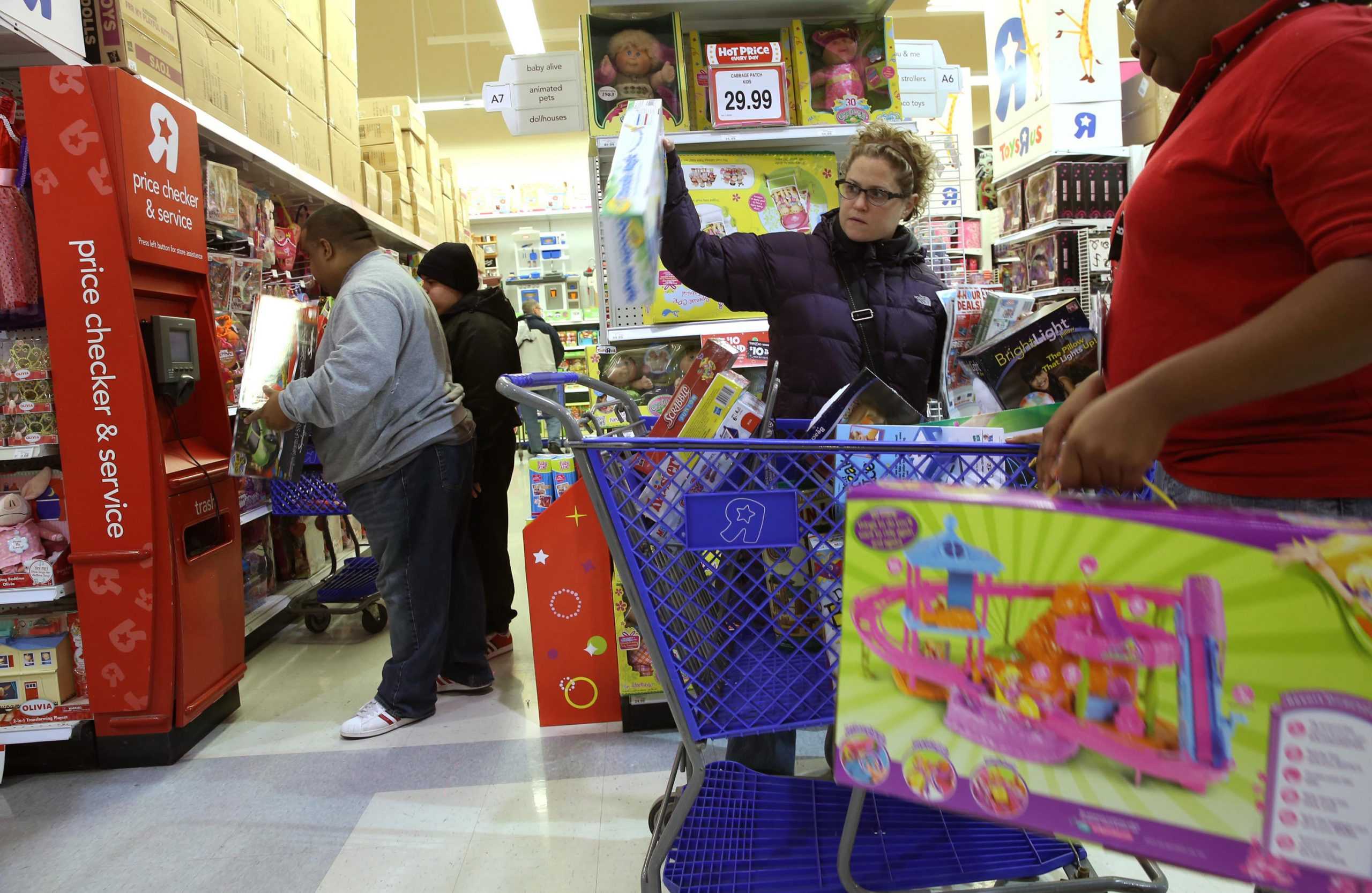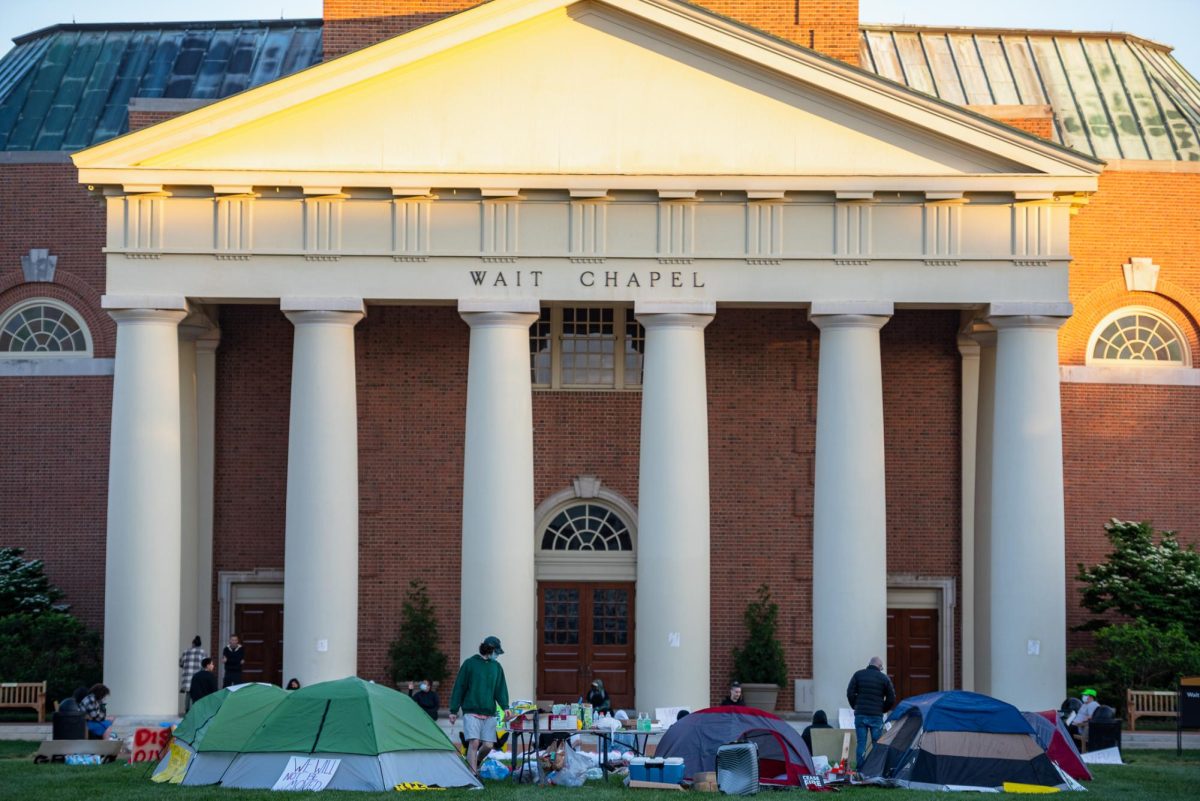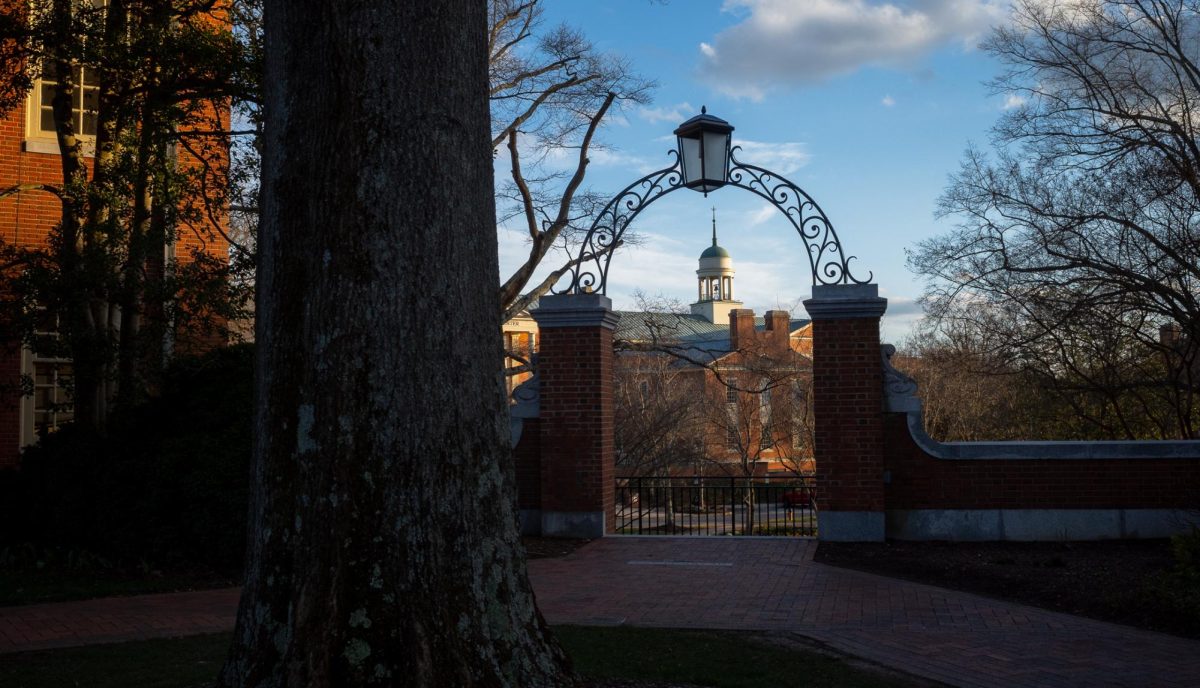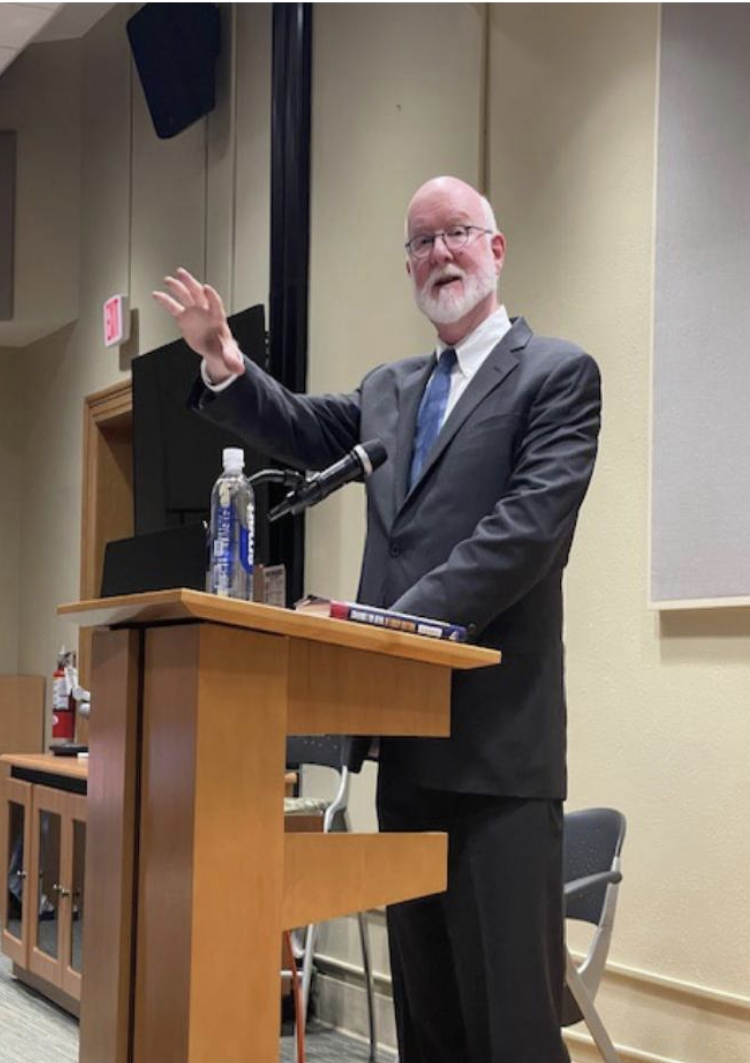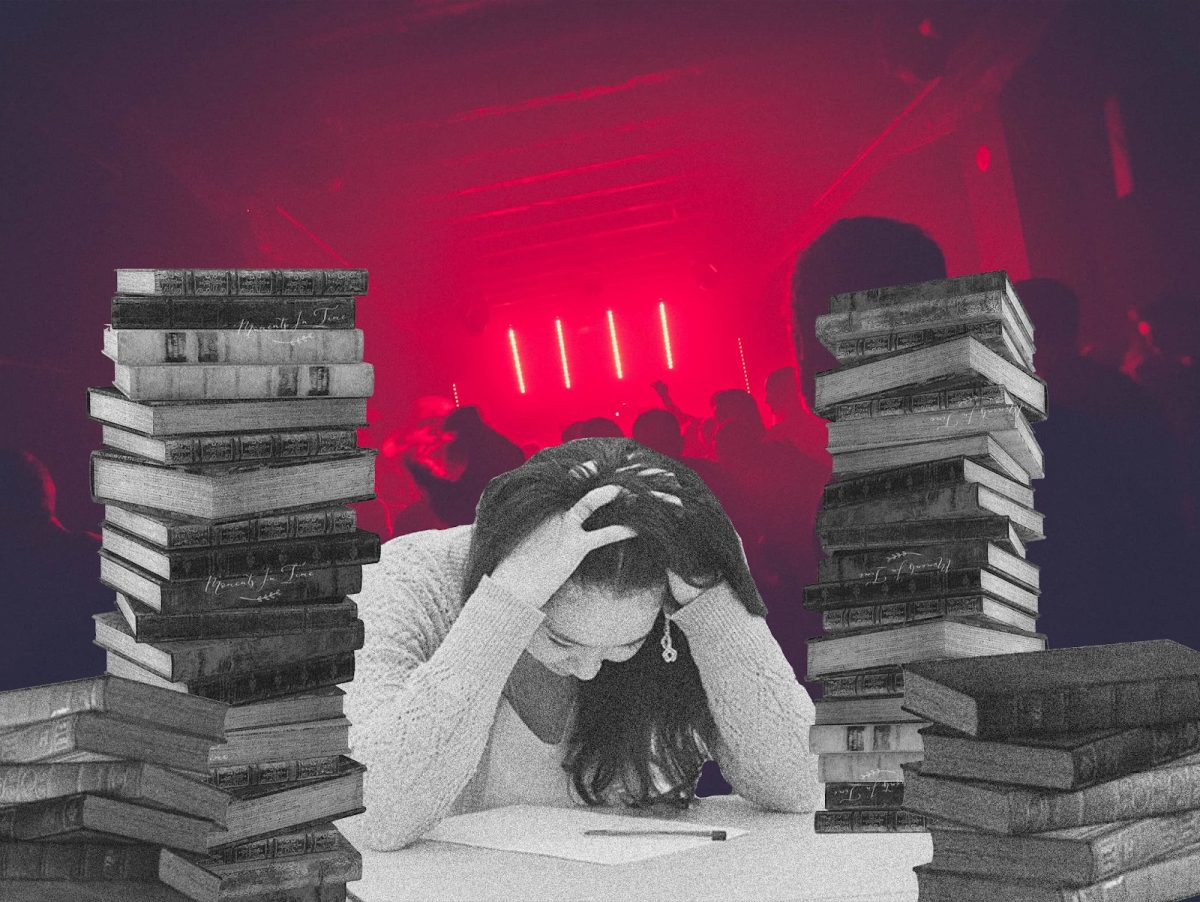For decades, the day after Thanksgiving has been the unofficial first day of the Christmas season, but recently, it has been coined “Black Friday,” and has become the biggest shopping day of the year.
Because many people have the day off as part of the holiday weekend and there are no more major holidays before Christmas, it has become an extremely popular day to shop. Retail stores have begun to take advantage of this more and more each year by offering more deals and starting as early as possible.
In previous years, stores would open at 6 a.m., but now, many open as early as 5 p.m. on Thanksgiving day with lines forming outside even earlier.
Retailers also used to offer deals through the entire Thanksgiving weekend, but now, they are only available for one day only and some stores even have extra early bird specials, both to entice more customers to come out early and to instill urgency in them.
Stores run deals ranging anywhere from 20 to 60 percent off the entire store or $25 for every $100 you spend — anything to attract customers.
What many customers probably do not recognize is, even with the discounts, the items are still overpriced and companies are still making millions.
People run out in the freezing cold and wait hours in lines, just to get a $200 pair of shoes for $80, which probably only cost $5 for the company to make.
But companies are smart and they love convincing their customers that they are saving money, when in reality, customers are really just paying what they should always be paying.
By putting the entire store on sale, retailers coerce customers into purchasing items they would not buy normally.
“Ooo, a fleece lined cardigan that is 50 percent off, I definitely need it now!”
People leave the store spending more money then they would on things they often do not need just because they have a false sense of savings.
Yes, the receipt says you saved more than you spent, but it doesn’t show you how much the companies are still making, and when you check out, many stores give you coupons or store cash for future use to get you to come back and spend even more.
While many customers are extremely efficient and head into Black Friday with lists and orders, many just run around and see what they can find. Stores take advantage of the less prepared customers through many different tactics, such as price discriminating and simply lowering prices.
On Black Friday, second-degree price discrimination is common, because stores can easily run deals that allow customers to sort themselves into groups, without the store having to gather any information about their customers.
When stores lower their prices, especially far below the common market price, customers jump at the opportunity and literally wait for hours.
Because the entire store is below market price, customers just look for something else that might be appealing to them.
Furthermore, often customers are paying more than they would have paid weeks ago on some things which are inflated, because stores know their will be so much traffic. They could also just wait a few short weeks until after the holiday season, when everything is extremely discounted. Stores do not even need to be creative. Often times, they run the same deals year after year on the same items or whatever the newest model is. Stores are smart and they know that customers are mentally weak and can never pass up a “good bargain,” so they send their flyers in the mail and put up bright colorful signs — and customers fall right into their trap year after year.
Customers overbuy and overspend, but still leave feeling satisfied and proud of all the purchases they made.

